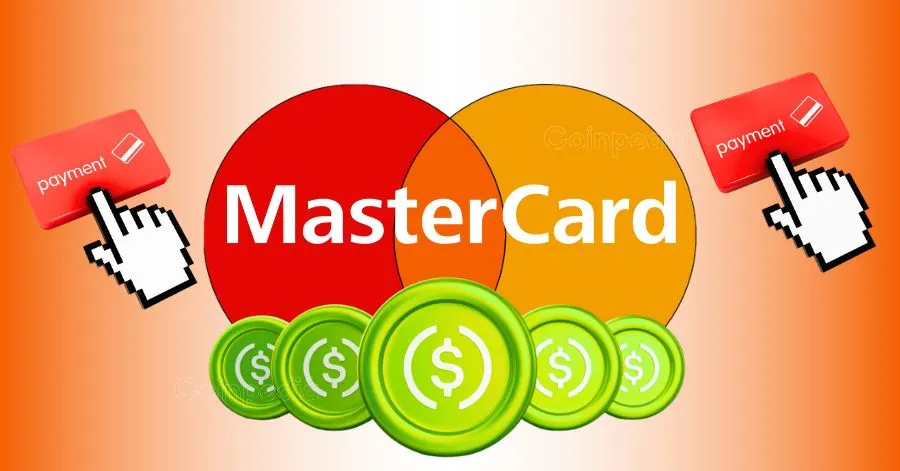
Stablecoins are gaining traction, but are they ready to challenge payment giants like Visa and Mastercard?
Visa and Mastercard aren't sitting idle; they're making quiet moves in the stablecoin space.
Despite crypto’s rise, the real battle for everyday payments is just beginning.
Visa and Mastercard have stated that stablecoin payments currently pose no threat to their dominance in the payments industry. Despite the global surge in crypto adoption in 2025, Visa’s annual transaction volume remains at $15 trillion, far larger than the stablecoin market.
Can Stablecoin Become a Threat to Visa and Mastercard?
According to Reuters, both companies explained that the majority of stablecoin activity is still limited to crypto trading or being used as a store of value, rather than for everyday payments. Around 90% of stablecoin volume is tied to crypto exchanges.
In contrast, Visa and Mastercard offer predictability, wide acceptance, and strong fraud protection advantages that stablecoins have yet to match.
The company executives acknowledged that stablecoins are powered by advanced technology. However, they also emphasized that stablecoins lack key elements such as scale, reliability, fraud safeguards, and consumer trust factors that are well established in traditional card networks.
Visa and Mastercard Invest in Stablecoin
Both companies are actively investing in stablecoin integration and infrastructure to bridge the gap between traditional finance and the crypto world. With the introduction of clearer regulatory frameworks like the GENIUS Act, stablecoins are gradually gaining more acceptance.
Stablecoins are particularly growing in countries with unstable fiat currencies or high inflation, where they serve as an alternative store of value and a cross-border remittance tool. However, in developed economies, their adoption is slower due to regulatory uncertainties and limited consumer protection areas, where card networks hold a strong edge.
Final Thought
While many merchants in the U.S. are drawn to stablecoins for their lower fees, faster settlements, and global reach, Visa and Mastercard still dominate the payment ecosystem. Most stablecoins remain confined to the crypto space, whereas Visa and Mastercard are deeply embedded in the global payment infrastructure.
Never Miss a Beat in the Crypto World!
Stay ahead with breaking news, expert analysis, and real-time updates on the latest trends in Bitcoin, altcoins, DeFi, NFTs, and more.
FAQs
Stablecoins lack scale, reliability, fraud safeguards, and consumer trust that Visa/Mastercard offer. Most usage (90%) is still limited to crypto exchanges.
Some prefer stablecoins’ lower fees/faster settlements, but Visa/Mastercard’s global infrastructure and trust maintain dominance in payments.
No. Most stablecoin use is for crypto trading, not everyday payments, keeping card networks dominant.
Regulatory uncertainty and weaker consumer protection slow stablecoin growth in developed markets.
Trust with CoinPedia:
CoinPedia has been delivering accurate and timely cryptocurrency and blockchain updates since 2017. All content is created by our expert panel of analysts and journalists, following strict Editorial Guidelines based on E-E-A-T (Experience, Expertise, Authoritativeness, Trustworthiness). Every article is fact-checked against reputable sources to ensure accuracy, transparency, and reliability. Our review policy guarantees unbiased evaluations when recommending exchanges, platforms, or tools. We strive to provide timely updates about everything crypto & blockchain, right from startups to industry majors.
Investment Disclaimer:
All opinions and insights shared represent the author's own views on current market conditions. Please do your own research before making investment decisions. Neither the writer nor the publication assumes responsibility for your financial choices.
Sponsored and Advertisements:
Sponsored content and affiliate links may appear on our site. Advertisements are marked clearly, and our editorial content remains entirely independent from our ad partners.








